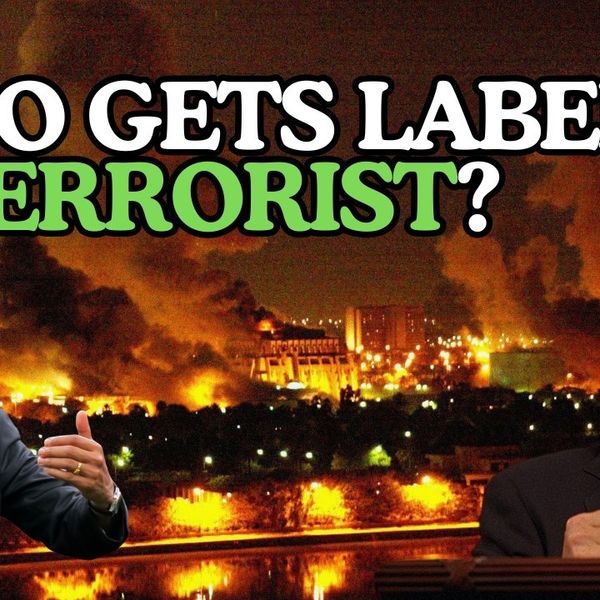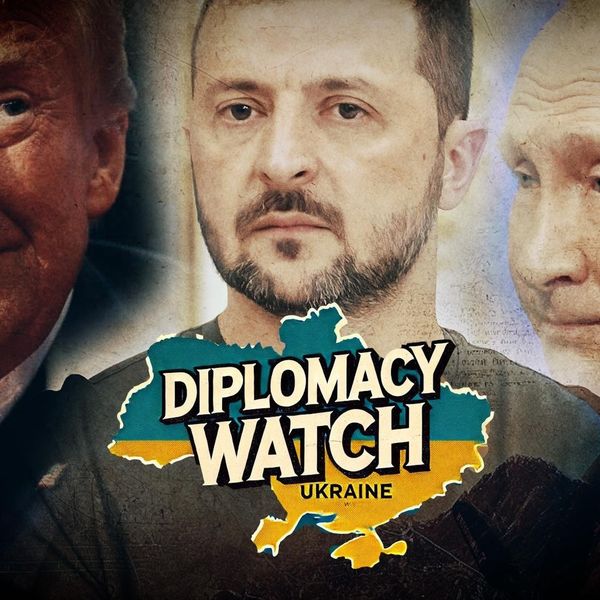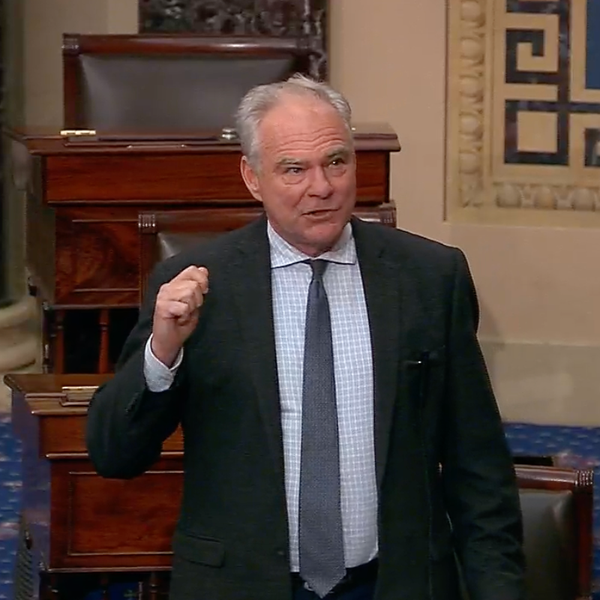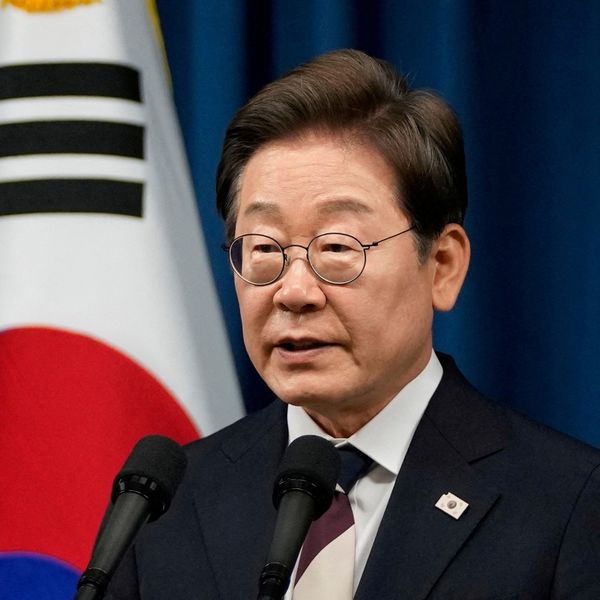On Friday President Biden clearly laid out the most frightening red line in the Russia-Ukraine crisis: “We will not fight a war against Russia in Ukraine. A direct confrontation between NATO and Russia is World War III. And something we must strive to prevent.”
It’s reassuring that he said that, as it allowed us to go into the weekend with less fear that nuclear war will break out. But it’s disturbing that he had to say it. It underlines the risky gamble the Biden Administration is taking — that the Russia-Ukraine conflict can continue indefinitely without drawing the U.S. or our NATO allies into a wider war.
Recent weeks have been marked by immense political pressure on Washington and NATO to escalate their direct involvement in the war. Ukrainian president Zelensky has been calling for a no-fly zone that would have to be enforced by the U.S. military shooting down Russian planes over Ukraine. Poland offered to fly jets from NATO bases into Ukraine as reinforcements in their war with Russia, and found support from Congress in pressing the Pentagon to agree to that step. Measures like these would bring the U.S. or our NATO allies into a direct shooting war with the Russian military. As horrifying images from Ukraine blanket the airwaves and the internet, this is likely only the beginning of pressure for more direct U.S. military intervention.
To its credit, as shown by its statement Friday, the Biden Administration has taken a forceful stand against such intervention. Secretary of State Blinken rejected a no-fly zone by telling the public “we’re trying to end this war in Ukraine, not start a larger one.” The Pentagon sharply rejected the Polish offer to supply Mig-29 fighter jets to Ukraine by flying them out of German airfields, stating that the offer was “not tenable” because it would involve flying military planes out of NATO airfields into battlefield airspace. The Administration also established a deconfliction line with the Russian military to avoid accidental clashes. The Biden Administration’s decision to keep the U.S. and NATO out of direct combat with the Russian military is absolutely the right one and deserves praise.
Yet at the same time the Biden Administration appears in no hurry to bring the war to an end. A Washington Post article on the Ukraine crisis made absolutely clear that Biden was not willing to engage in meaningful direct diplomacy with Russia and did not see any clear off ramp to end the crisis. The Administration also worked with Congress to increase funding for arms supply to the Ukrainian military, expanding a program that the NY Times described as having “walked to the edge of direct conflict with Russia.” And there appears to be no road map by which the devastating economic sanctions imposed by the Administration on Russia could gradually be lifted in exchange for progress toward peace.
The United States is thus walking an extraordinarily narrow and risky line as the Ukraine conflict continues. By refusing to work aggressively toward a diplomatic settlement, and by providing no clear off ramp to crippling economic sanctions, Biden at best appears resigned to the indefinite continuation of the largest war in Europe since WWII. Indeed, many in the Administration seem to actively wish to continue the war as long as is necessary to inflict an unconditional defeat on Putin or even bring him down. As Victoria Nuland, the main State Department lead on Russia, stated before the Senate Foreign Relations Committee this week, “the way this conflict will end is when Putin realizes that this adventure has put his own leadership standing at risk…and he will have to change course or the Russian people take matters into their own hands. The endgame is the strategic defeat of President Putin in this adventure.”
There were also anonymous reports from Administration officials who expected the war in Ukraine to continue for a decade or more in order to guarantee that Russia would lose.
Can we permit a devastating war to continue indefinitely for the purpose of weakening Russia and avoiding any concessions that would salvage Putin’s stature or assuage his expressed security concerns, while at the same time preventing that war from escalating into a broader European conflagration that could lead to nuclear war? That’s a terrifying gamble, with the lives of millions at stake.
It’s appealing in light of Russia’s outrageous aggression to demand what is in effect unconditional surrender from Putin, and reject any serious effort to build a pathway to a negotiated peace. But that only amplifies the risks of an extended war. There’s no reason to expect that the demand for a maximal victory will bring a rapid end to the war, even when accompanied by devastating sanctions and aid to the Ukrainian military.
We’ve seen countries like Iran, Cuba, and North Korea hold out against extreme sanctions for decades, and Russia has more resources than they do. As heroic as Ukrainian resistance is, no one expects the much smaller Ukrainian military to inflict a decisive defeat on Russia even with indirect U.S. aid. If Putin feels he has no way to end the war short of humiliating defeat this will only increase his incentive to dig in for a long battle, and even increase his brutality against the people of Ukraine.















